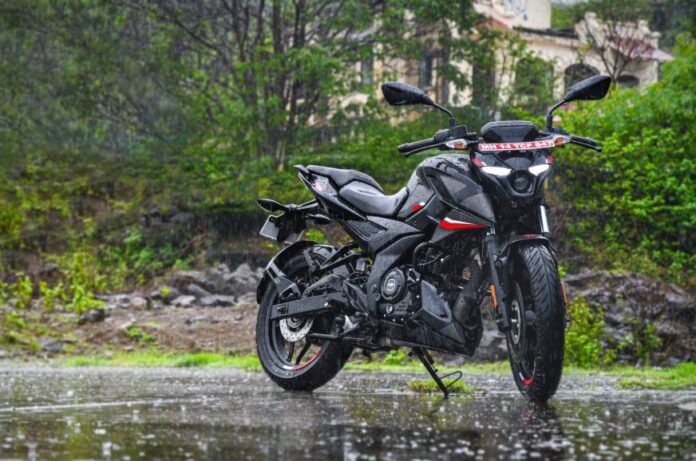The Bajaj Pulsar N250 and F250, which were created entirely from scratch, marked the beginning of a new era for the well-known Pulsar brand. As anticipated, Bajaj has released another motorcycle in the wake of those models, although one with a different engine.
The Bajaj Pulsar N160 is essentially the Pulsar N250 with a 164.82cc, air- and oil-cooled single engine as opposed to the N250’s larger displacement. And in the very competitive 160cc market, it is Bajaj’s main rival. Does it have what it takes to succeed rather than just survive?
Bajaj Pulsar N160: design and features
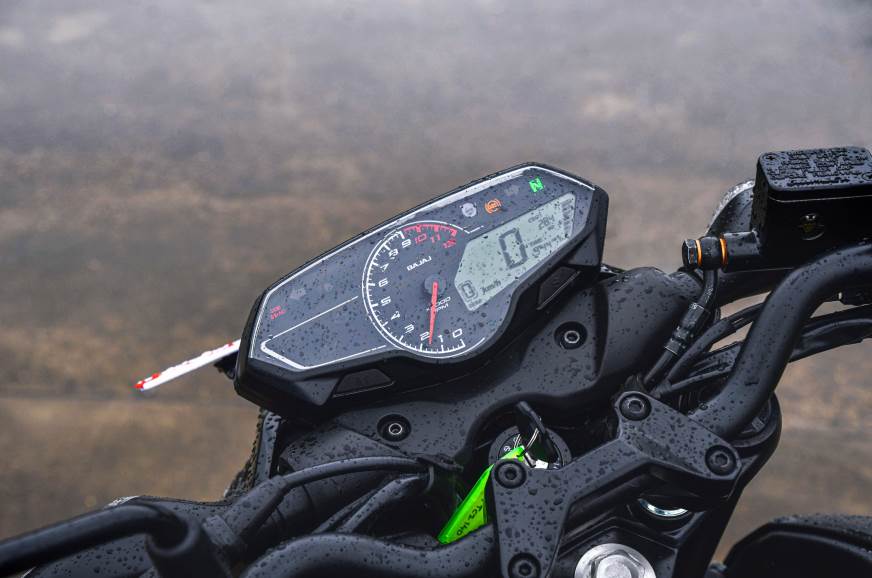
The bodywork on the N160 is the same as that on the N250, and that’s not at all a bad thing, just like it is with the chassis.
Highlights of the design include elements like the headlight cowl, the sculpted fuel tank and its extensions, or how the side and tail sections converge. Another example of Bajaj’s attention to detail is the floating panel on the front mudguard and the frost effect within the LED taillight on the black chrome 3D Pulsar logo. The unique colorway that this variation wears is the cherry on top, adding to its allure.
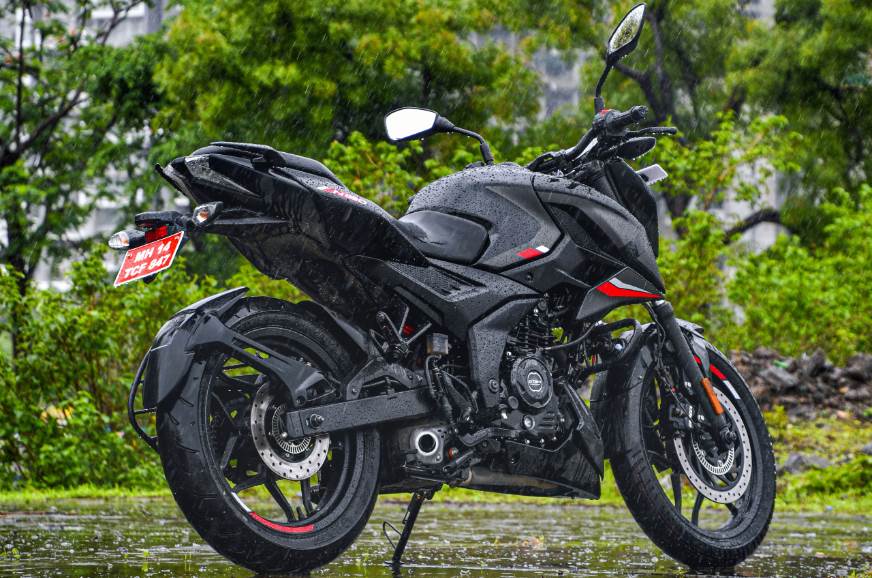
The quality and finish levels are generally acceptable, however there are a few touchpoints where I wish Bajaj would pay more attention.
For instance, the switchgear is just about alright, but the handlebar grips are slick and cheap-looking.
The bezel-free, analog-digital instrument cluster, which displays vital data like the distance to empty, is identical to that of the N250.
Having said that, Bajaj ought to take into account the lack of Bluetooth connectivity or navigation during the upcoming wave of upgrades, even though it isn’t now a deal-breaker.
Bajaj Pulsar N160: ride and handling
Bajaj Pulsar
The N160’s riding and handling characteristics blatantly demonstrate the benefit of platform sharing. It shares the Pulsar N250’s frame, suspension, wheels, and brakes. It therefore comes as no surprise that the N160 has high-speed stability and firm footing in a bend.
Even though the suspension is precisely the same, right down to the spring rates, the ride quality is still fairly good but not quite as plush as the N250. Particularly when riding over the sharp edge of a pothole, the slight but noticeable hardness in the ride is felt towards the back. However, we left the stock preload settings alone, and the N160 weighs roughly 8 kg less than the N250. When the preload has been properly adjusted and a passenger board, we believe the ride quality will increase.
Regarding brakes, the Grimaces are now my top picks in this category since they provide excellent bite, progression, and feedback through the lever.
Bajaj Pulsar N160: engine
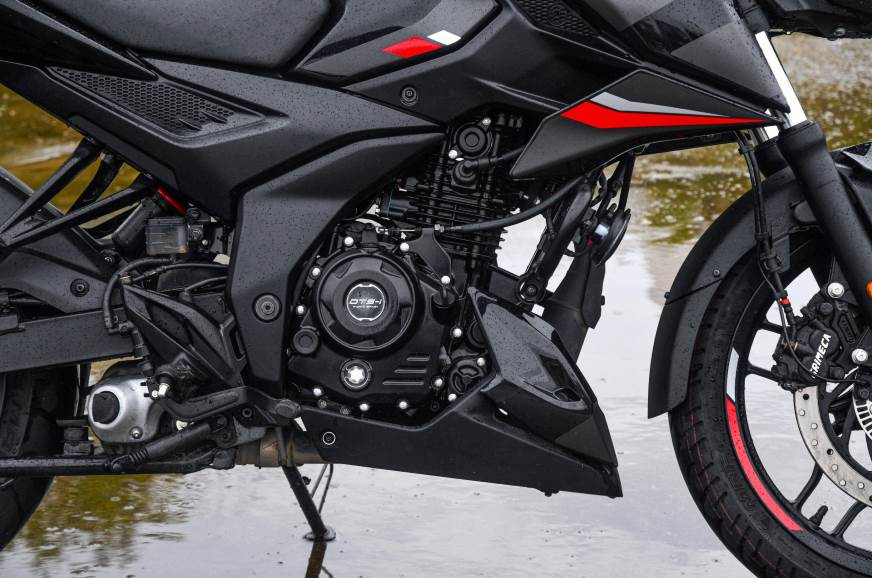
Let me start by stating that we are riding a top-of-the-line, dual-channel ABS-equipped Pulsar N160. It comes equipped with the Pulsar 250’s 37mm telescopic fork and is only offered in the exclusive shade of Brooklyn Black. The lower, single-channel ABS-equipped model has a thinner, 31mm-diameter fork and a smaller, 280mm front disc. It is offered in three color variations. These are rather significant differences that significantly lessen the attraction of the base model.
The mill in the current Pulsar NS160 has nothing to do with the engine in the Pulsar N160. In actuality, this engine’s development began about the same time as that of the Pulsar 250. It has a straightforward two-valve head with a long-stroke layout, producing 16 horsepower and 14.7 Nm of peak torque
Despite being relatively close to the motorcycles at the top of the segment, these numbers are not class-leading.
In terms of claimed engine output figures, the N160 is only outperformed by the NS160 and RTR 160 4V. However, the N160 is also the heaviest bike in its class, at 154kg. With a power to weight ratio of 103.89 horsepower per tonne, as opposed to the RTR’s 119.86 horsepower per tonne, one may assume that the Pulsar N160 is already in a disadvantageous position. But only on paper, I suppose.
The engine performs admirably in the upper end, is incredibly torquey, and is pleasantly smooth in real life. In particular, the low and middle, between 4,000 and 7,000 rpm, is astoundingly fantastic. The engine won’t object if you drive as slowly as a slug around the city at 30 to 35 kph with the gearbox in fifth. From this point on, roll on the throttle and the bike pulls well, albeit slowly.
You will need to shift down one or two gears, though, if you need to make a speedy overtaking. You won’t mind, though, because the gearbox is smooth and shifting between cogs is easy thanks to the mild clutch lever action.
All things considered, customers upgrading from 125cc-150cc motorcycles would naturally feel at home with the N160 due to the engine’s excellent tractability.
The bike can maintain a steady 80–90 kph without feeling or sounding strained. Top-end performance is also adequate. The engine doesn’t even start to perspire while stationary at 100 kph. The performance then starts to decline, though, as the digital speedometer increases to an indicated top speed of roughly 120 kph. The revs are also quite close to the redline at this point, another sign that the engine has reached its performance limit.
Overall, the N160’s engine steals the show, and I enjoy the throaty exhaust tone it produces.
Bajaj Pulsar N160: conclusion
After this initial ride on the Pulsar N160, we can say that Bajaj has produced something intriguing and outstanding in their attempt to once again dominate the 160cc market.
I’d even venture to claim that the Pulsar N160 was specifically designed to compete with the TVS Apache RTR 160 4V, the greatest 160cc motorbike on the market right now. It has gotten to the point where even their pricing are comparable.
We are eager to conduct a comparative test to determine which of these is the better motorcycle.
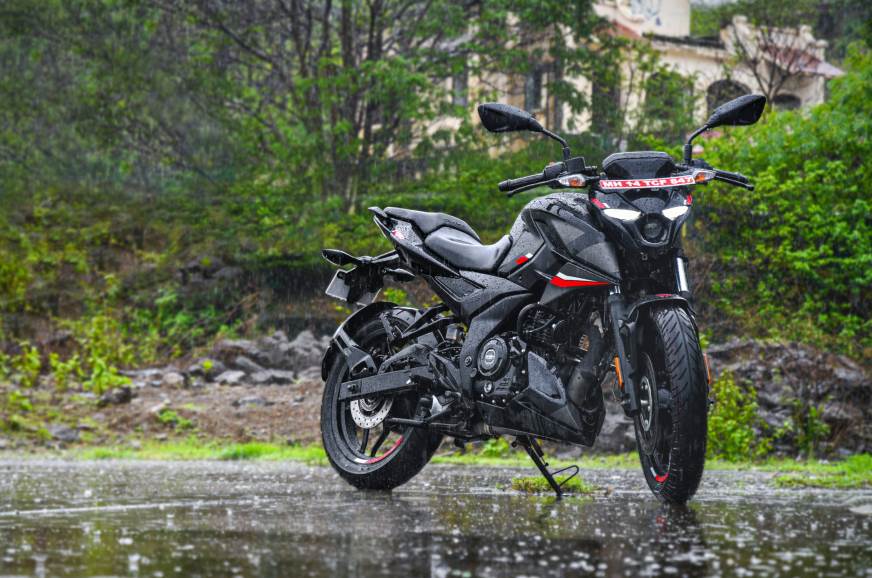
For the time being, if you are thinking about purchasing the N160, we advise skipping the Bajaj single channel ABS model and extending your budget by Rs 5,000 to Rs 1.27 lakh for the Pulsar N160 with dual channel ABS.
You should stake your wager on it.


